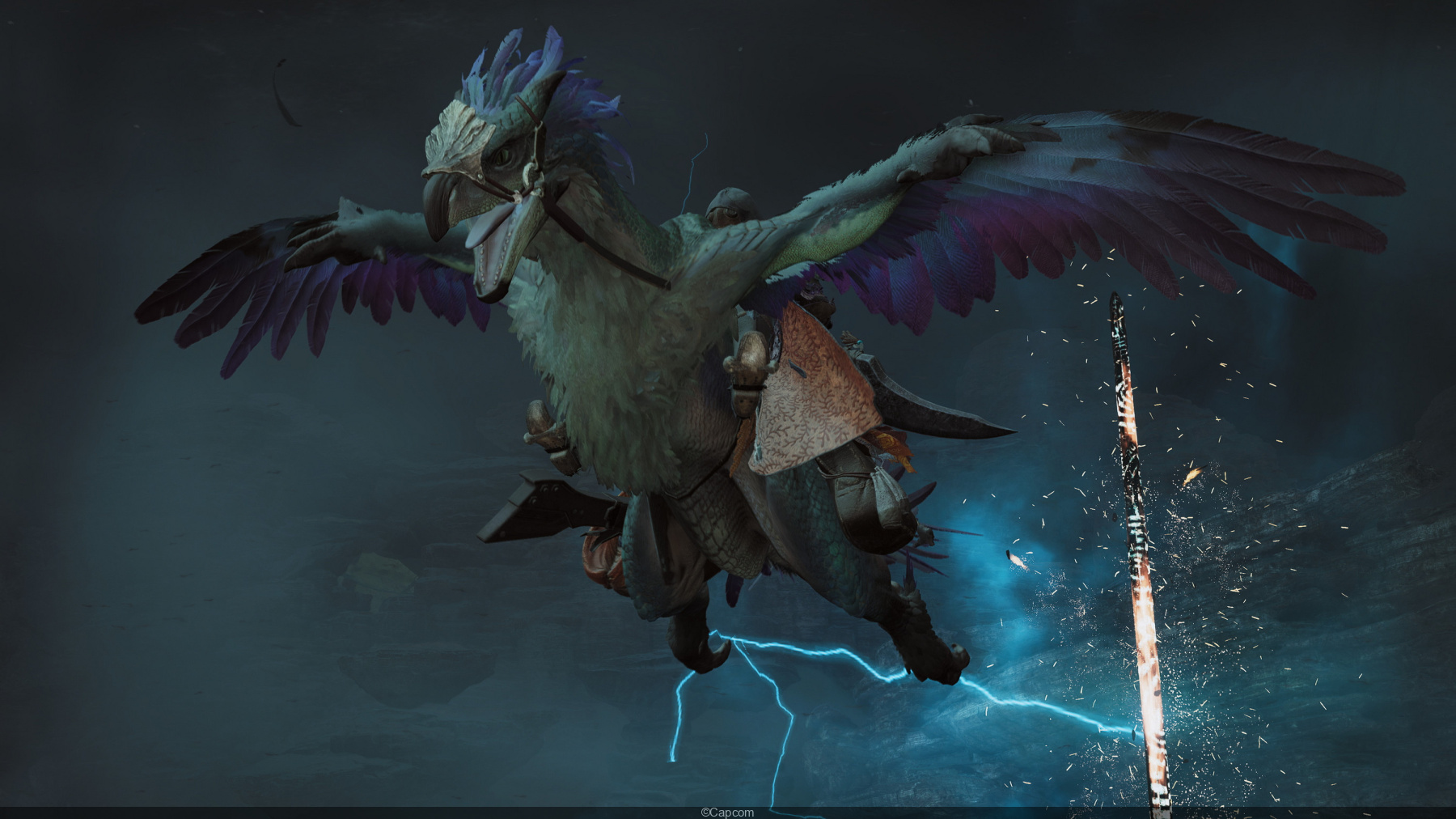Monster Hunter Wilds: A Bold Evolution in the Hunt

Monster Hunter Wilds takes the best elements of its predecessors and evolves them into a smoother, more dynamic hunting experience. But is it the series' best yet?
Monster Hunter Wilds is Capcom's latest installment in the legendary hunting franchise, blending the best elements of Monster Hunter World and Rise while introducing bold new mechanics. With an interconnected world, dynamic weather, and refined combat, Wilds aims to push the series forward. But does it truly deliver on its ambitious promises, or does it play it too safe?
Monster Hunter Wilds transports players to the Forbidden Lands, an uncharted region filled with diverse ecosystems and formidable creatures. Unlike previous titles, the world is more interconnected, eliminating the need for frequent loading screens between areas. Capcom has emphasized how nature plays a bigger role in hunts, but while some environmental interactions—like shifting sand pits and collapsing rock formations—add an extra layer of strategy, they often feel more like cool set pieces rather than game-changing mechanics.
Weather patterns and ecosystem changes were marketed as a major evolution, but in practice, their impact is subtle. A monster in a rainstorm behaves almost identically to one in clear weather, and while certain environments create minor mobility challenges, these can often be bypassed with simple movement tricks. This leaves the world feeling immersive but not as reactive or dynamic as Capcom originally suggested.
Where Monster Hunter Wilds truly excels is in its combat. The game builds on the refined mechanics of World and Rise, with smoother animations, improved movement, and more strategic attack options. Some of the biggest changes include:
Capcom has also streamlined progression by making early-game gear more viable for longer, reducing the need for excessive grinding. This is a welcome change for newcomers but may disappoint series veterans who enjoy the challenge of crafting specialized gear sets.
One of the biggest draws of any Monster Hunter game is its creatures, and Wilds delivers a fantastic lineup. New monsters like the flamenco-inspired spider Lala Barina and the sandstorm-dwelling Rey Dau introduce unique battle mechanics, while fan-favorite beasts like Gore Magala return with updated attack patterns.
However, one concern is difficulty—while the new monsters are visually stunning and mechanically diverse, many fights feel easier than in previous titles. The game's main campaign can be completed in about 15 hours without ever hitting a major skill wall. For longtime fans, this may reduce the sense of accomplishment that comes from mastering a truly punishing hunt.
Unlike Monster Hunter: World, which took around 40 hours to complete its story, Wilds reaches its credits significantly faster. While post-game content exists, the initial offering feels somewhat lacking in difficulty and variety. The reduced challenge means fewer reasons to craft diverse armor sets, and the simplified material farming system makes top-tier gear easier to obtain than ever before.
Future updates and expansions will likely address this with harder quests, tougher variants, and the inevitable G-Rank expansion. However, the launch version of Wilds feels like it could have benefited from a more robust endgame out of the gate.
Monster Hunter Wilds is a thrilling, accessible evolution of the series, offering some of the best combat and monster designs to date. It succeeds in refining the core mechanics while introducing exciting new features. However, it falls short of its grander ambitions—its world is immersive but not as reactive as promised, and its difficulty curve is flatter than longtime fans might expect.
For newcomers and casual players, Wilds is an excellent starting point. For veterans, it's a fun but somewhat lighter experience that may leave them eagerly awaiting future updates. Either way, Monster Hunter Wilds keeps the hunt alive and ensures there's still plenty to look forward to in the franchise's future.
Capcom has a strong track record of improving Monster Hunter games with expansions and free updates. If Wilds follows the pattern of Iceborne or Sunbreak, we can expect more challenging hunts and deeper gameplay layers in the near future. Until then, this is still a fantastic game, even if it's not the evolution some had hoped for.
About the Author

Miles Hollen | Editor
Miles is a tech writer and analyst passionate about the intersections of AI, gaming, and emerging technologies. With a sharp eye for innovation and a love of storytelling, he explores how breakthroughs in artificial intelligence are reshaping the gaming industry and the wider digital landscape. At GetJar.com, Miles delivers accessible insights, thoughtful reviews, and forward-looking commentary for readers eager to stay ahead in the world of tech.
